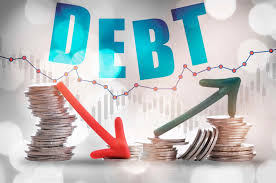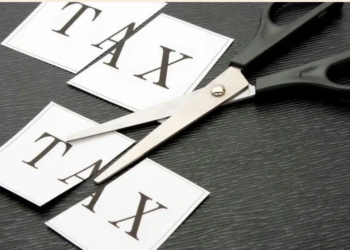Kenya is quietly realigning its fiscal playbook. With looming local bond maturities totaling over KES 495.0 bn this year and surging to KES 822.0 bn in 2026, authorities are eyeing a debt buyback and rollover strategy to ease pressure on public finances. This approach is designed to avoid a precarious “debt cliff,” one-time strain that has previously undermined investor confidence and destabilized the shilling.
Instead of defaulting to sharp borrowing or emergency financing, Kenya plans to repurchase maturing, short-term bonds using funds raised through fresh issuances of longer-dated debt. This strategy effectively smooths the debt maturity profile, giving the government more breathing room and fiscal flexibility. If executed well, this proactive refinancing can reduce rollover risk and stabilize debt service expectations.
Supporting this shift in strategy is Kenya’s pursuit of a funded IMF program. Central Bank Governor Kamau Thugge recently hinted at renewed talks with the International Monetary Fund (IMF), emphasizing the preference for a funded deal to back external repayments and anchor market confidence, particularly after Kenya missed out on some disbursements under its previous arrangement.
Coupled with this is Kenya’s bold infrastructure funding pivot. After aborting a deal with India’s Adani Group, the government has opted to lead procurement for the expansion of Jomo Kenyatta International Airport. To finance this KES 285.0 bn (USD 2.0 bn) project, authorities are pursuing a securitized bond tied to fuel levies alongside tapping development financiers. This marks a shift toward preserving sovereignty and retaining control over strategic projects.
Taken together, these moves signal a more deliberate and durable debt management approach. By extending maturities, leveraging concessional financing, and designing revenue-linked infrastructure bonds, Kenya is building a more resilient fiscal structure while reducing reliance on unpredictable domestic markets.
However, success hinges on execution and transparency. Markets will be watching closely to see if Kenya can secure favorable terms, ensure sound governance, and integrate these strategies into a credible, medium-term debt plan.
As Kenya navigates a treacherous debt ecosystem, these initiatives could mark a turning point, offering a model of managed risk and forward-looking economic stewardship.


















